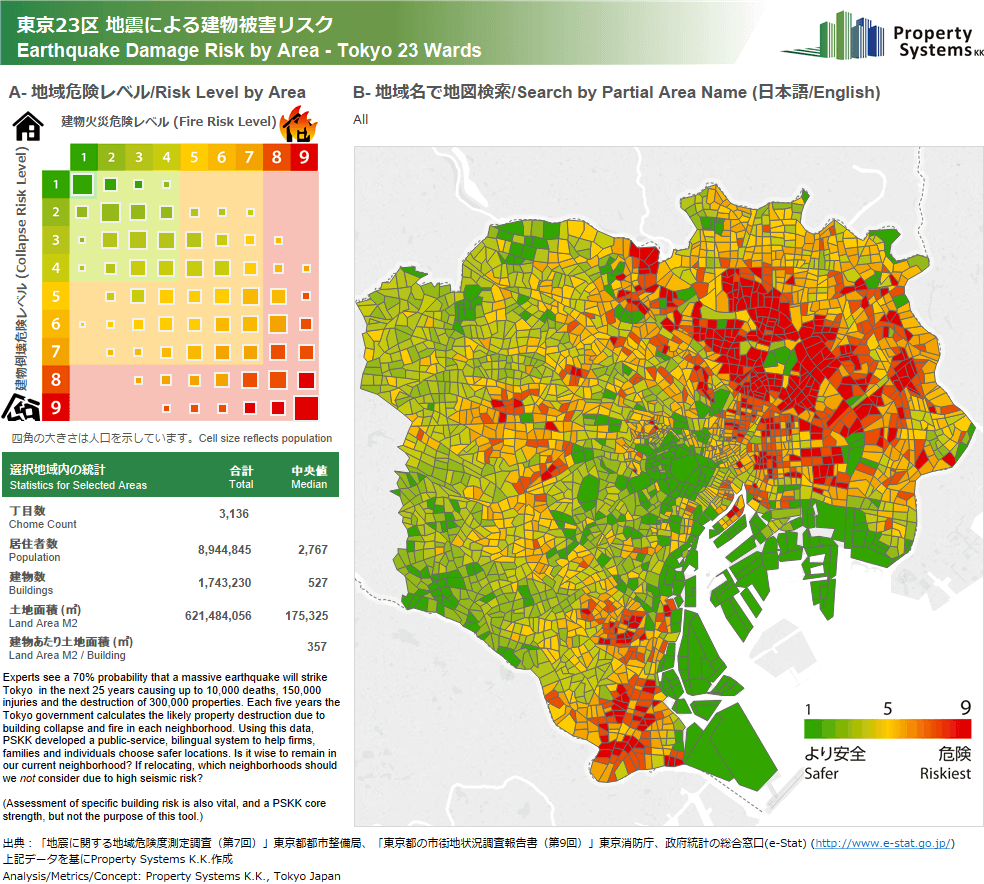It’s almost like we just can’t help ourselves. As the world we live in becomes increasingly digital, with everything from smartphones to smart refrigerators, it seems like there’s not much we can do to avoid creating – and trying to collect – data.
We log runs using fitness apps. We create search data every time we browse the World Wide Web. We make purchases using credit cards that then archive and track what we purchased and when. These are data-collecting activities we create just in our personal lives.
And now, everybody from the local business owner to big corporations to your doctor want to analyze all this data. They want to get their hands on it and make sense of it – to try to predict consumer behavior.
But that’s easier said than done. That’s where Tableau comes in – and 6 ways Tableau can transform the way you do business.
The smart business owners out there are using data to figure out how to provide better products and services to their customers – and smarter marketing campaigns to their target audiences. Here are some big data statistics to think about, cited in an article by Forbes:
- Within five years there will be over 50 billion smart connected devices in the world, all developed to collect, analyze and share data.
- Estimates suggest that by better integrating big data, healthcare could save as much as $300 billion a year — that’s equal to reducing costs by $1000 a year for every man, woman, and child.
- The White House has already invested more than $200 million in big data projects.
- Retailers who leverage the full power of big data could increase their operating margins by as much as 60%.
Yet, also according to that same Forbes article, “less than 0.5% of all data is ever analysed and used”.
Even if you’re a small business, you’ve got data. How are you using it? Are you using it? Is it being analyzed or merely collected?
Think about those Excel spreadsheets that that are filled out religiously by your staff and emailed around the company and stored on your computer or servers. Think about the programs and systems you use on a daily basis. What are you doing with that valuable information? Chances are you are merely collecting data and not using it to its full potential.
This is where Tableau comes in. Tableau is business intelligence (BI) software that helps people see and understand their data. BI software can be cumbersome if not designed properly, but Tableau is designed to be extremely user friendly and is a great BI tool for business owners. We’ve seen clients get great results from Tableau, and that’s when we got excited and decided to get the word out in this blog post!
Here are 6 ways Tableau can help transform the way you do business.
Prepare your data faster – even from many different sources
Spreadsheets can only take you so far. They require you to compile all your data. Then, once you get all that data wrangled into rows and columns, you still have to make heads or tails of it. As a user, you have to rely on wizards and text-based commands in order to build charts or create reports.
If you have multiple systems at work, you’ve got to export and import data from each system into one sheet before you can analyze the data. This makes analysing and then visualizing your data a very arduous process.
Tableau automates this process for you by allowing you to connect nearly any data source to its system, including your corporate data warehouse, Microsoft Excel and web-based data.
Tableau takes the waiting time out of getting answers from your data by gathering and preparing it automatically. Much faster – and easier to analyze, as we’re about to tell you about, because you can …

Image Source: Tableau Blog
Create better visuals with your data
Spreadsheets and reports are a terrible way to present your data, because humans are hardwired to process information visually. In fact, “90% of information transmitted to the brain is visual, and visuals are processed 60,000X faster in the brain than text” (3M Corporation and Zabisco, as reported by Hubspot). Visuals are not just for marketing. They can be used to tell your story and give more meaning to your data. Compelling visuals can improve presentations, reports, marketing, sales meetings … even things like decision making. The better the visuals, the more impact you will have on your audience, from the C-Suite to Main Street, as they say.
If you’ve got a complicated set of data, presenting it with spreadsheets is just not going to cut it. You need to be able to explain the data in a way anyone can understand it – visuals are the best way to do that.
Collaborate with your team and your clients
You know what it’s like to be out of the office and in need of your data to reference something or update it on the spot? Have you felt the frustration of having to spend hours preparing client reports, downloading them and then emailing them to your clients or shareholders?
Tableau allows you to collaborate with your team, outside contractors, and even clients, making the data visualization process that much more meaningful and accessible. You can share dashboards or raw data securely from anywhere with a shareable link – making collaboration and on-the-spot decision making possible and easier.
Take the workload off your IT department and save many hours of work time
Your IT department is not supposed to be writing your business reports. Let your IT department spend their time and resources on other aspects of your business and not on creating special reports for you or managing change requests.
And let’s also talk about how much easier and more convenient it is for your sales and marketing teams (and anyone else who needs quick access to company stats) to be able to pull down what they need in a one-screen dashboard with a few clicks.
The same information it would take dozens and dozens of work hours to pull, prepare, and present can now be refreshed and gathered by anyone in the company who needs it – in minutes instead of hours. And this can be for personal stats, like what sales teams might need, as well as company stats that marketing and the C-suite might be looking at for answers.
Make better decisions
“Excel is an amazing tool. The best day in my life was when Microsoft expanded it from 64,000 rows to a million, and then two days later I realized that a million is not enough. It was built for financial analysis, ledger work, but it was wasn’t built to ask questions of data.”
Elissa Fink in Forbes
Spreadsheets only take you so far. Eventually, you’ll hit a wall. And as we’ve mentioned, who can make decisions staring at numbers and graphs all day anyway? Dashboards make complex data analysis easier, because of how quickly they can pull together information and because it presents the data in a more easily digestible format. Tableau puts your business data in one place at your fingertips, so you can be nimble enough to look at the data hourly, daily, monthly – however often you need it.
Tableau dashboards provide you with at-a-glance views that give you the ability to spot trends more easily or tell immediately if something is going wrong.
Harness the power of visual storytelling
Your data has a story – do you know how to tell it? Tableau is one of the easiest ways to take your raw data and present it in a way that tells a story. It takes the user from one point to the next, allowing you to lead your audience through a discovery you made or show a trend you found analyzing the data.
But pie charts and graphs will only tell so much. Tableau can take you way beyond that. The program uses interactive technology to let you tell your data story in unique ways. Whether it’s using maps to show the economic impact your organization has had on a particular region or the movement of customers down the sales funnel based on specific website changes, you have more (and we think better) options than just a spreadsheet and a bar graph.
Tableau is an amazing business intelligence tool that makes data visualization easy and accessible no matter what industry you are in. And better data visualization can make a huge impact across your organization – from C-suite decision makers to the sales presentations your team makes to your clients to analyzing operations and processes.
Tableau is the kind of BI tool that can take the dread out of data analysis. It can actually make you look forward to applying your data to the decisions you have to make each day.
And if you have any questions about setting it up or what it might be good for you in your company or organization, feel free to reach out to us. We’re always happy to answer questions you have or even do a free scoping session with you.





